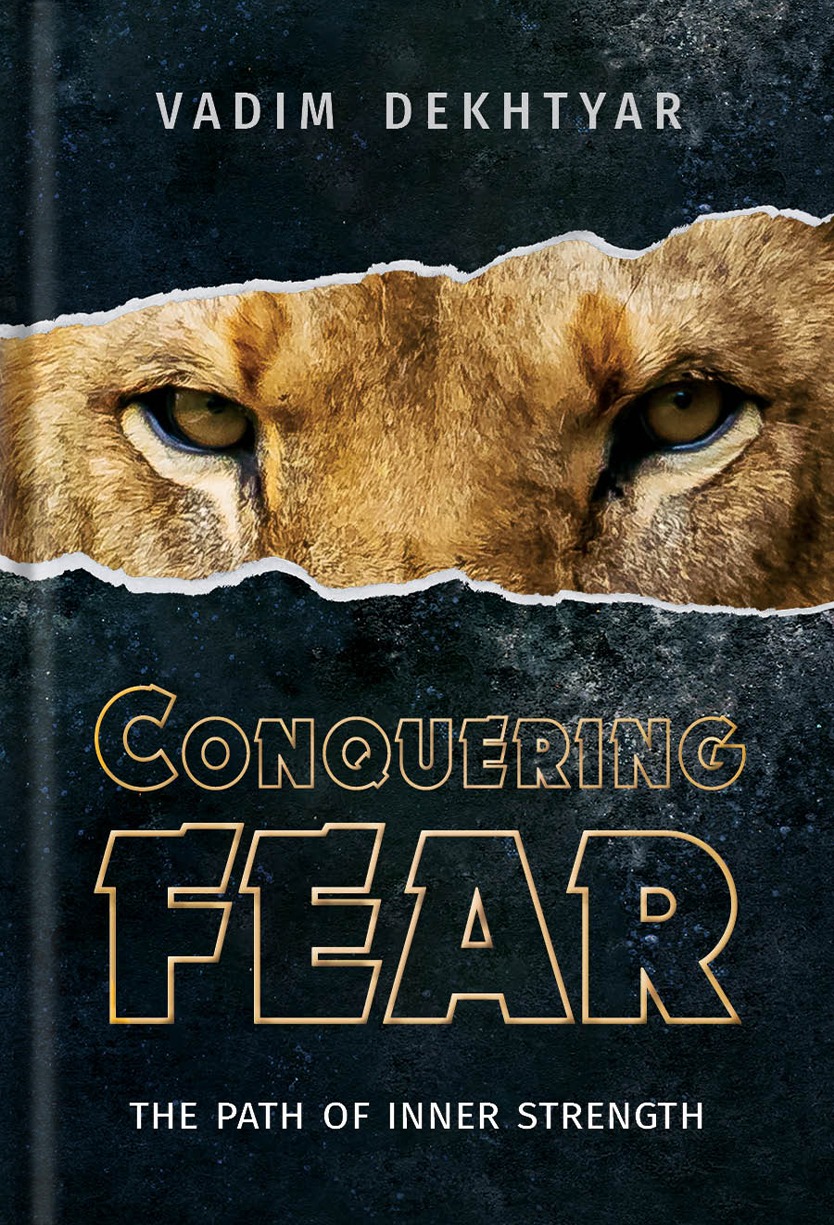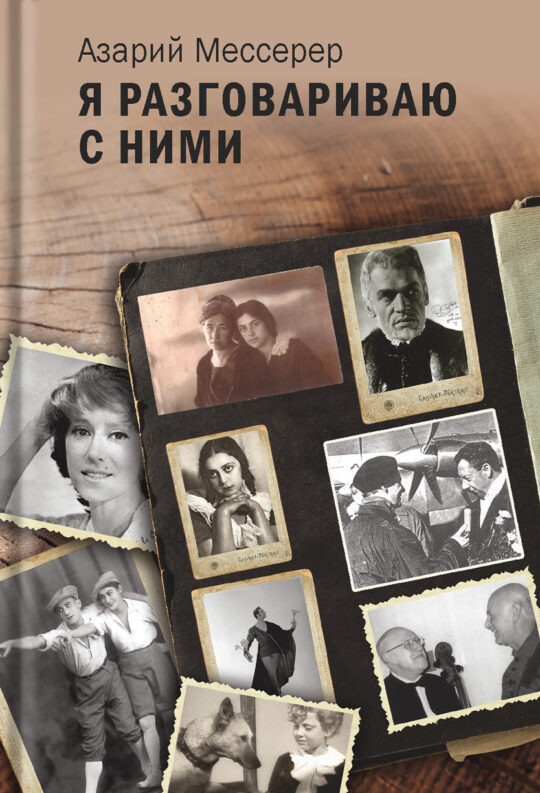Description
. . . In this book we will discuss what we know about our brain and, most importantly, how to use this knowledge to solve practical, everyday problems that we all face from time to time. I will tell you how to get rid of anxiety, fear, and phobias that plague more and more people in the modern world. I will draw on the scientific evidence I have used in teaching neuroscience for more than 15 years at a local medical college training future practitioners of Naprapathy. Most of all, I will rely on my hands-on experience — first as a clinical psychotherapist and later as a hypnotherapist and NLP specialist.
One day, a young man (I shall call him “Max”) who appeared quite extraordinary to me at the time, came in to complain about chest pain. He had undergone several medical tests that ruled out any issues with his internal organs. At first his test results reassured him somewhat, but the aches in his chest did not go away. Max became disillusioned with doctors and medicine in general; the pain was severe and help never came. Max was on the verge of despair. He was referred to me by his brother, whom I had helped quit smoking years earlier. So, now he was sitting in front of me, expressing visible outward suffering. The fact that he spoke quite emotionally about himself, I think, largely reflected the inner world of a so-called “millennial.” He grew up as an athlete, he was a fit teenager, and dreamed of a sports career to eventually help others appreciate the importance of regular physical activity. Like many teenagers, he was eager to start adult life as soon as possible and take full advantage of it. He had a fairly clear image of the necessary steps in his head, such as a college education, job hunting, buying a house and a good car, and starting a family. This all seemed possible as he had a living example in his older brother, who already owned a business, a house, a car, and was married. Max’s environment (school, television, and Internet) was also preparing him to fulfill his dreams.
Unfortunately, Max’s problems started right after the first two steps of this plan were complete. He graduated from college and some additional training courses and quickly found a job as a personal trainer in a popular gym franchise. The job, as it turned out, was quite hard, stressful, and low-paying, so the rest of his life plan was now, in fact, further from being realized. He had to go back to living in his parents’ basement and driving an old junker he inherited from his brother. Youthful exuberance gradually gave way to confusion and dissatisfaction.
When Max came to see me, he did not fully understand how I could possibly help him with my “conversations.” Moreover, “prominent specialists” had treated him for a long time without any success. However, since the discomfort in his chest, which he described just as “it hurts” while pointing to his powerful torso, had only intensified, he was “open to anything.” So, I saw in front of me a strong-looking young man, fashionably dressed, handsome, athletically built, obviously attractive, but with a tired and wary look. I immediately noticed how tense his muscles were, especially in his neck, shoulders, and especially his chest. It was obvious that the muscle tension was a reflection of his inner state but, as it turned out, only to me. The skill of introspection or self-observation was strange to Max. In other words, he paid attention only to the external manifestation of his internal state — the pain. This was the very tip of the iceberg, because the biggest part of the problem was underwater, beyond his grasp.
This example clearly shows that, unfortunately, many of us are not inclined to delve deep into our inner personal space, where our thoughts, feelings, and emotions dwell. There are many reasons for that: no time, no desire, or no skill. I agree, it’s really not easy. We aren’t taught this stuff in school. Why? Maybe because not everyone is allowed in.
This is exactly the place I want to invite you: to welcome you behind the curtain and answer your questions. What is our inner space filled with? What does our inner experience really consist of?
— Vadim Dekhtyar, author



 Vadim Dekhtyar is a distinguished professional with a wealth of experience in the fields of psychotherapy, neuroscience, and NLP (Neuro-Linguistic Programming). He earned his M.D. from Kaunas Medical Academy (Lithuania) and subsequently obtained a Doctor of Acupuncture and Chinese Medicine degree from both the Midwest College of Oriental Medicine in Chicago and the Pacific College of Health and Science in San Diego.
Vadim Dekhtyar is a distinguished professional with a wealth of experience in the fields of psychotherapy, neuroscience, and NLP (Neuro-Linguistic Programming). He earned his M.D. from Kaunas Medical Academy (Lithuania) and subsequently obtained a Doctor of Acupuncture and Chinese Medicine degree from both the Midwest College of Oriental Medicine in Chicago and the Pacific College of Health and Science in San Diego.





Reviews
There are no reviews yet.